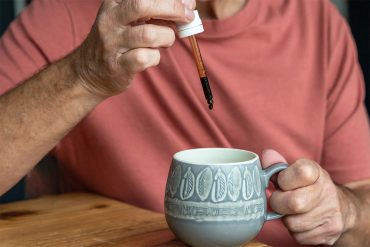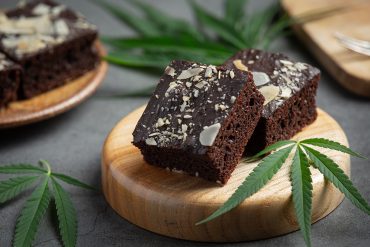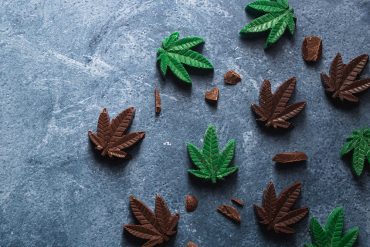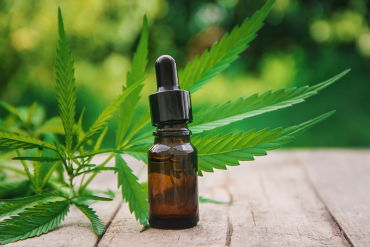- You have no items in your shopping cart
- Continue Shopping
When’s the Best Time to Harvest Cannabis?
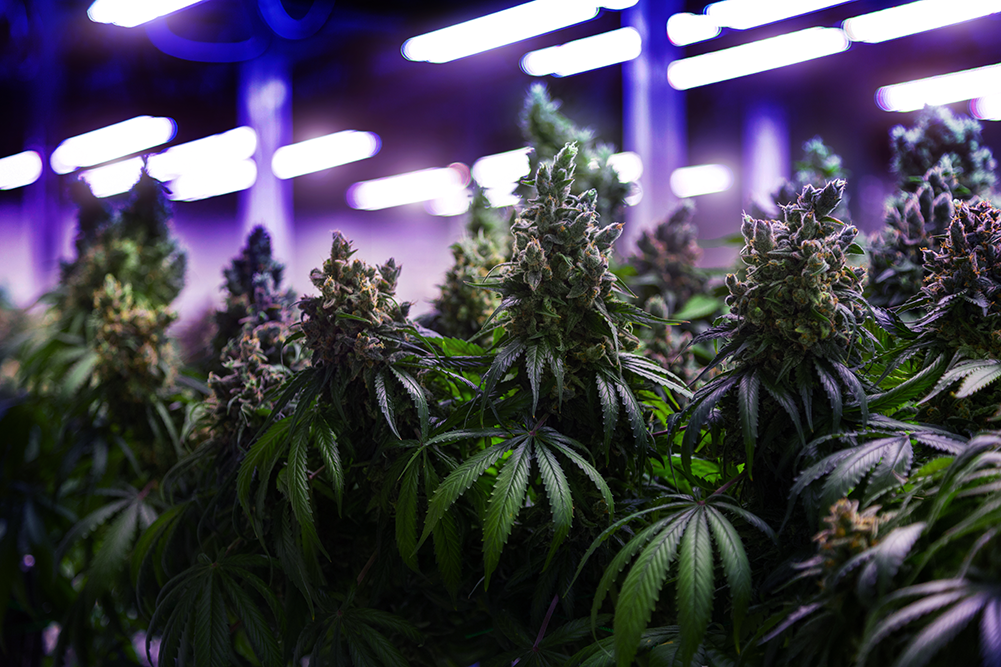
Growing cannabis is both an art and a science, and timing is everything when it comes to harvest. Harvesting too early or too late can drastically impact the potency, flavor, and yield of your buds. Knowing the right moment to cut down your plants ensures that you’re getting the most out of your crop, but it can be tricky to identify the optimal time. In this WeedHub Canada’s post, we’ll break down the key indicators for the perfect harvest, how to use visual cues to make your decision, and best practices to ensure your efforts pay off. Let’s dive in so you can get the best quality and experience from your cannabis plants.
Understanding Trichomes and Their Importance
Trichomes are tiny, crystal-like glands found on the surface of cannabis flowers, and they play a critical role in determining harvest timing. These microscopic structures contain the bulk of cannabinoids, terpenes, and other active compounds that contribute to the effects, aroma, and flavor profile of the plant. Examining trichomes closely will give you a clearer picture of the plant’s ripeness.
To properly check trichomes, you’ll need a magnifying tool, such as a jeweler’s loupe or a handheld microscope. Under magnification, you’ll notice that trichomes resemble small mushrooms, and their colour is a telltale sign of the plant’s maturity. When trichomes are clear, it means the plant is still in its early stages and not yet ready to be harvested. These clear trichomes contain low levels of cannabinoids, meaning your buds won’t be as potent if harvested at this point.
For example, a strain like Blue Dream, known for its balanced cerebral and body effects, is best harvested when trichomes are mostly cloudy to ensure the desired potency and effect. Similarly, White Widow, a popular strain with a strong euphoric high, benefits from harvesting at peak trichome maturity for the optimal experience. As trichomes start to turn amber, the effects of strains like Northern Lights become more sedative, which is ideal if you’re seeking a deep, body-relaxing experience.
Examining the Pistils for Harvest Readiness
In addition to checking trichomes, pistils provide another useful visual cue for harvest timing. Pistils are the tiny, hair-like structures that cover the cannabis buds. When your plant is still in the flowering stage, these pistils are typically white and stick straight out from the buds. At this point, your cannabis isn’t ready for harvest yet, as the cannabinoids and terpenes are still developing.
As the plant matures, the pistils will start to darken and curl inward. They may turn shades of orange, red, or brown, signaling that the buds are getting closer to full ripeness. When about 70-90% of the pistils have changed colour and are curling, the plant is likely at its peak THC production. This timing is especially crucial for strains like Sour Diesel, which is known for its potent, uplifting effects. If you’re cultivating a strain like Granddaddy Purple, you might choose to wait until most of the pistils have darkened, as this strain’s relaxing and calming properties benefit from a later harvest.
If you prefer a more sedative or relaxing high, you may want to wait until 90-100% of the pistils have darkened. By this time, more THC will have been converted into CBN, leading to a stronger body effect. Be cautious, though; waiting too long can decrease the overall quality and potency of your harvest. Striking the right balance between the visual cues of both trichomes and pistils will help you make an informed decision on when to harvest your cannabis.
Environmental Factors and Best Practices
Even when trichomes and pistils look ready, external factors like weather and humidity levels can also influence the right harvest time. If you’re growing cannabis outdoors, pay close attention to the weather forecast. Rain and high humidity can increase the risk of mold and bud rot, which can ruin your crop. If a storm is on the horizon, it may be wise to harvest your plants slightly earlier rather than risk losing them to unfavorable conditions.
Outdoor strains like OG Kush or Amnesia Haze can be more susceptible to sudden weather changes, making careful monitoring essential. Indoor growers have more control over environmental factors but should still monitor their setup closely. Ensure proper airflow, temperature control, and humidity levels in the final weeks of the flowering stage. Keeping humidity levels low, around 40-50%, helps prevent mold and mildew from forming on your buds. Additionally, a slight temperature drop during the final weeks can enhance the colour and flavor profile of your cannabis.
Finally, the time of day matters when harvesting cannabis. It’s best to harvest early in the morning before the sun is fully up or when your grow lights first come on. This is when the terpene content is at its highest, ensuring a more aromatic and flavorful yield. Always handle your buds with care, and be gentle when cutting them to avoid damaging the delicate trichomes. By following these best practices, you’ll maximize the quality and potency of your harvest, whether it’s a classic like Girl Scout Cookies or a heavy hitter like Bubba Kush.
Conclusion
Timing your cannabis harvest perfectly requires a mix of careful observation and strategic planning. By understanding how to read trichomes, monitor pistil colour changes, and account for environmental conditions, you’ll be well on your way to achieving top-quality buds. Remember, patience is key, and a few extra days can make a world of difference in your final product. Whether you’re looking for a euphoric, balanced, or sedative high, harvesting at the right time will ensure you get the effects you desire. Happy growing, and enjoy the fruits of your labor, no matter if you’re cultivating Blue Dream, Sour Diesel, or a relaxing Granddaddy Purple! If you have any questions, feel free to message our customer support team!

